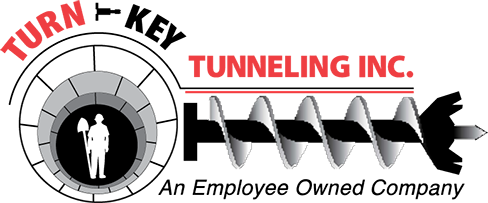Sometimes it’s just the little things that get you into trouble. You are safety conscious, try your darndest to adhere to safety standards and policies, and, yet you remain at risk. Why? Below are some possible causes.
- You are wearing the proper footwear — good support, good traction, good penetration protection — and you trip on the laces.
- You are wearing the proper respirator for the atmosphere in which you are working, yet you do not have respiratory protection because hair stubble prevents a good seal between your face and the respirator.
- You inspect a ladder before using it and use it properly — the right lean angle, using both hands, facing the ladder, going 3’ above the upper resting point — yet it falls because the ground is not solid.
- You are on a walking/working surface above 6’ in the air adhering to fall protection procedures, using a harness and lanyard, and then slip and fall to the ground because the anchorage point is weak.
- You are going to use a portable electric tool with an extension cord. You inspect the extension cord, plug it in, turn on the tool and get an electrical jolt! You forgot two seemingly small items — inspecting the tool prior to use and using a ground fault circuit interrupter (GFCI).
- You are working in dirty conditions and you get a relatively small cut. You know first aid and you know where the first aid kit is. You open it and it is empty. You risk infection because the kit was not inspected and refilled as items were used.
- Some sparks fall on flammable materials. A very small fire, no problem. You grab the fire extinguisher and like the first aid kit, it is empty. A large fire, big problem.
- As a supervisor, you ask an employee to take the company vehicle back to the office to pick up some paperwork. He has an accident is injured. Lo and behold, he is not authorized to operate company vehicles and further he is not licensed, period. Major problem, major lawsuit, major risk.
- You transfer some clear, caustic chemical product from a labeled drum into an unmarked bucket for your immediate use. You leave it unattended while you go to lunch. You come back and find an ambulance taking away a fellow worker who thought it was cool water and drenched himself with it to cool down. Not a likely scenario, but you get the point. Often, you cannot tell what a chemical product is without a label and you certainly cannot have any product instructions and warnings without a label.
It is amazing how one can properly address major safety practices, yet get tripped up by neglecting the seemingly insignificant items — the little things!
James Froehlich, Superintendent & Safety


